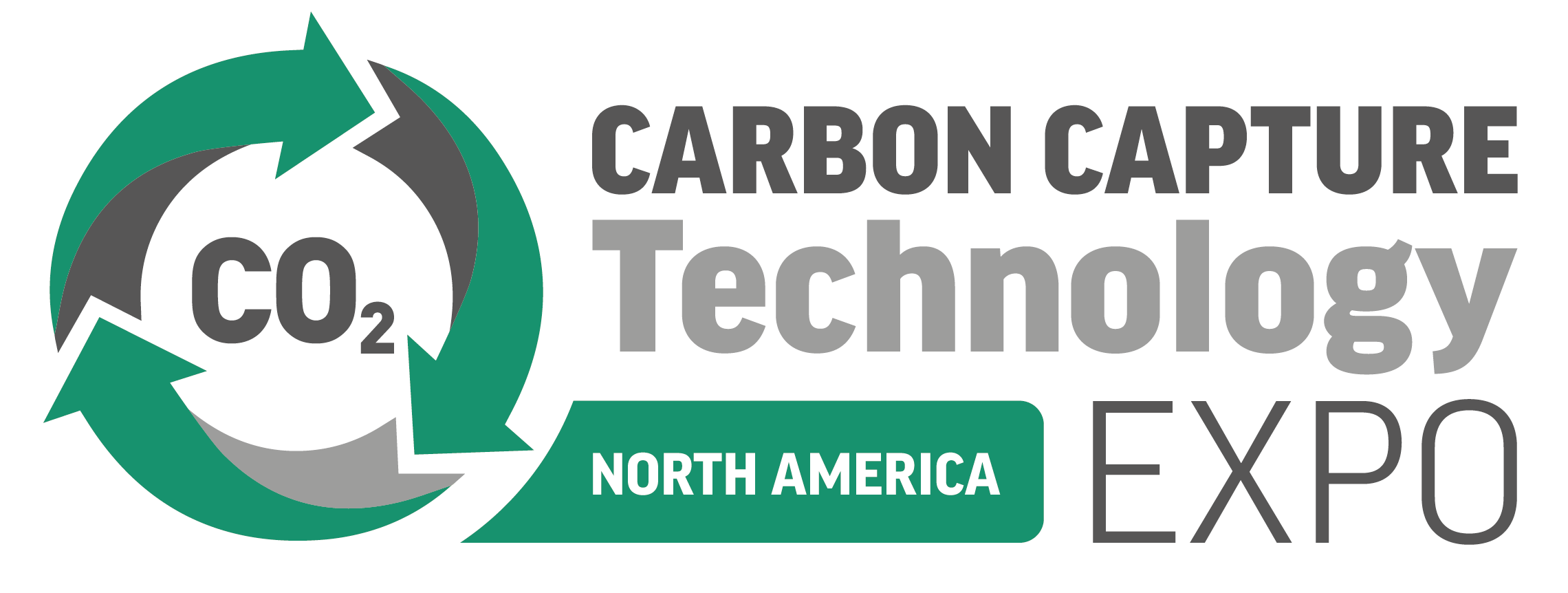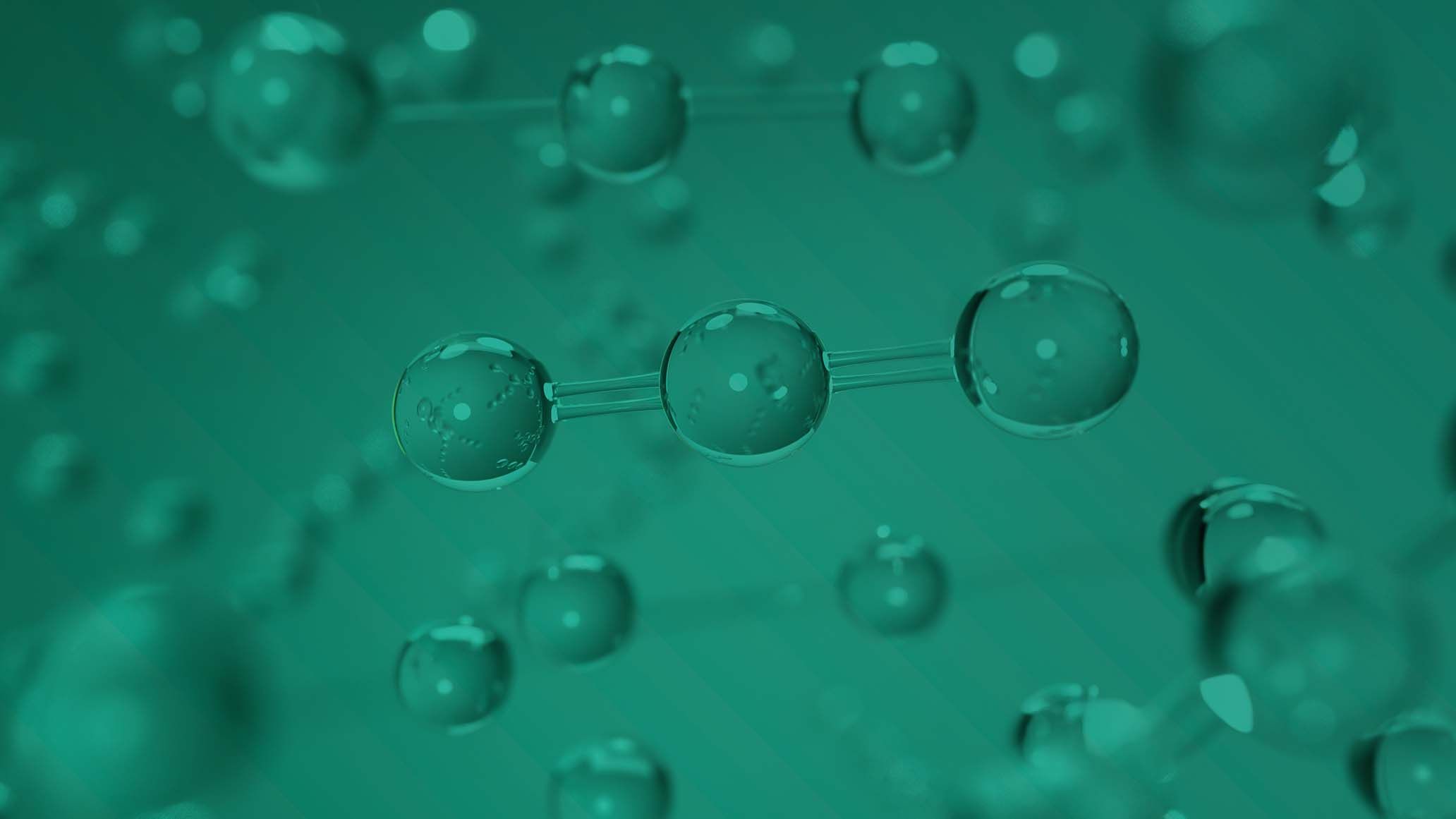Rice creates Reactor which could increase direct air capture efficiency
)
A brand new electrochemical reactor has been developed by Rice University. This modern technology has the ability to drastically reduce energy consumption when it comes to performing direct air capture.
The research team includes Zhiwei Fang, a Rice postdoctoral researcher who is a study co-first author, the other authors on the study include, former Rice postdoctoral researcher Xiao Zhang and Rice doctoral alumni and former postdoctoral scientists Peng Zhu and Yang Xia. So far the research has been supported by the Robert A. Welch Foundation (C-2051) and the David and Lucile Packard Foundation (2020-71371).
So far, the new technology has been able to achieve industrially relevant rates of CO2 regeneration from carbon-containing solutions. The technology’s performance metrics that it has produced, such as its long-term stability and adaptability to different cathode and anode reactions, clearly display the technology’s potential for wide-scale and industrial use.
The benefits of this innovative technology is that it offers an alternative to the need to use high temperatures during direct air capture processes. This is a large step forwards for the carbon capture industry as normally, direct air capture processes often involve running a mixed gas stream through high-pH liquids, with the intention of filtering out carbon dioxide, which is an acidic gas. This is done through ‘tying up’ the carbon and oxygen atoms within the gas molecules to other compounds in the liquid. Once this is complete, the next step is to retrieve the CO2 from these solutions and the most common ways of doing this are through the use of heat, chemical reactions or finally, electrochemical processes.
A study in Nature Energy describes the specialized reactor as, ‘having a modular, three-chambered structure with a carefully engineered porous solid electrolyte layer at its core.’
Rice chemical and biomolecular engineer, Haotian Wang, whose lab has been researching industrial decarbonization and energy conversion and storage solutions, commented that the work “represents a big milestone in carbon capture from the atmosphere.”
Wang continued, “Our research findings present an opportunity to make carbon capture more cost-effective and practically viable across a wide range of industries.”
Wang also stated, “One of the major draws of this technology is its flexibility. Hydrogen coproduction during direct air capture could translate into dramatically lower capital and operation costs for downstream manufacturing of net-zero fuels or chemicals.”
Zhiwei Fang, spoke about how, ‘conventional direct air capture technologies tend to use high-temperature processes to regenerate carbon dioxide from sorbent, or the carbon dioxide-filtering agent, “Our work focused on using electrical energy instead of thermal energy to regenerate carbon dioxide.”
Fang also mentioned that, ‘the approach has several additional benefits, including it works at room temperature, needs no additional chemicals and generates no unwanted byproducts.’ He continued, “Our reactor can efficiently split carbonate and bicarbonate solutions, producing alkaline absorbent in one chamber and high-purity carbon dioxide in a separate chamber,” said Wang. “Our innovative approach optimizes electrical inputs to efficiently control ion movement and mass transfer, reducing energy barriers.”
Wang added, that he ‘hopes the research will motivate more industries to pursue sustainable processes and fuel the momentum toward a net-zero future.’ Plus he said that this and other projects in his lab over the years reflect Rice’s strategic focus on sustainable energy innovation.



)
)
)
)
)
)
)



)
)
)
)
)
)
)
)
)
)
)
)
)
)

)

)
)
)

)
)
)
)
)
)
)
)
)
)
)

)

)
)
)
)
)
)
)
)
)


)
)
)

)
)
)

)
)
)
)
)

